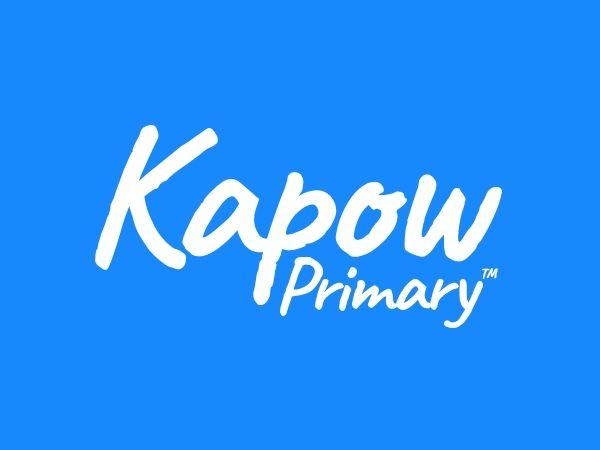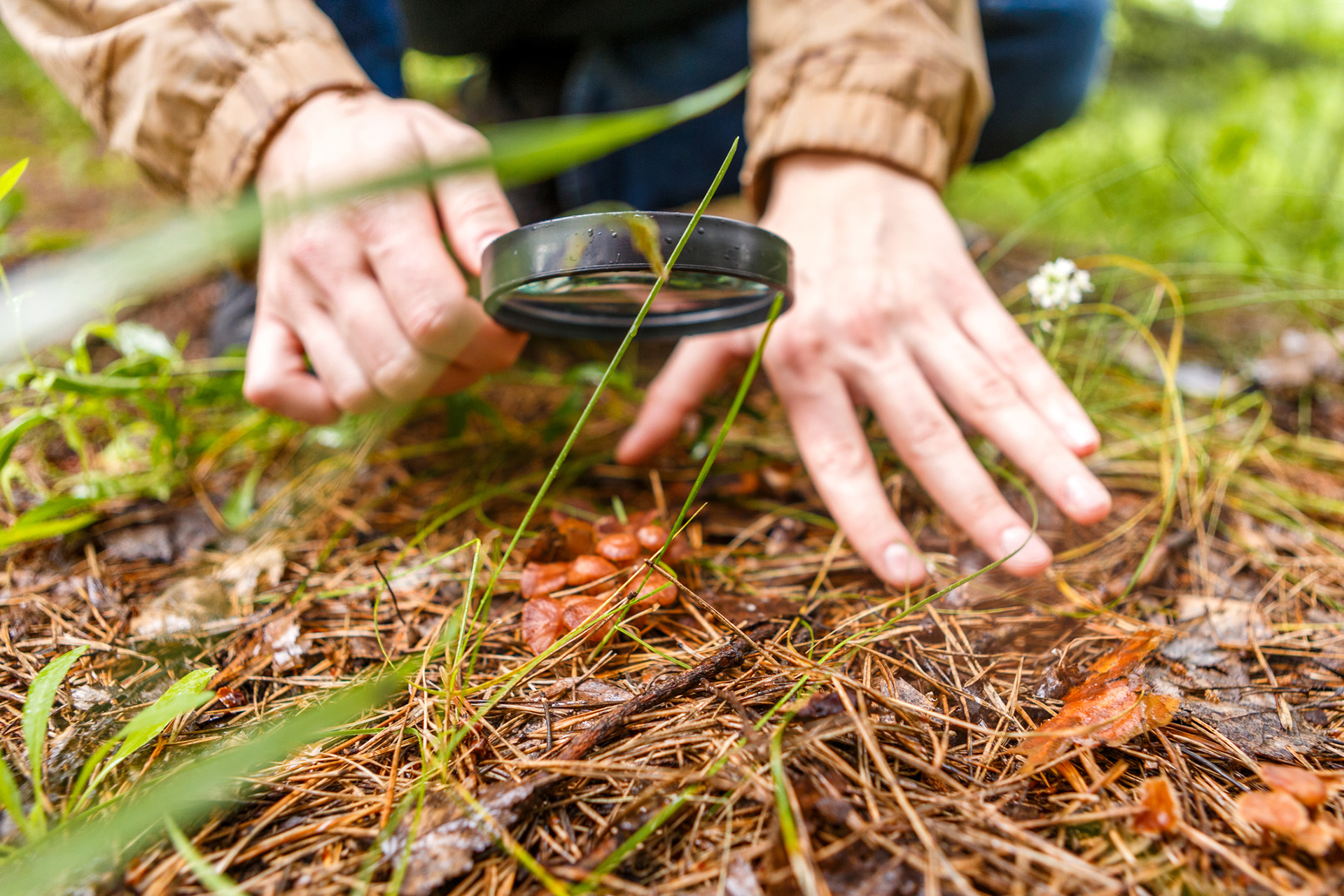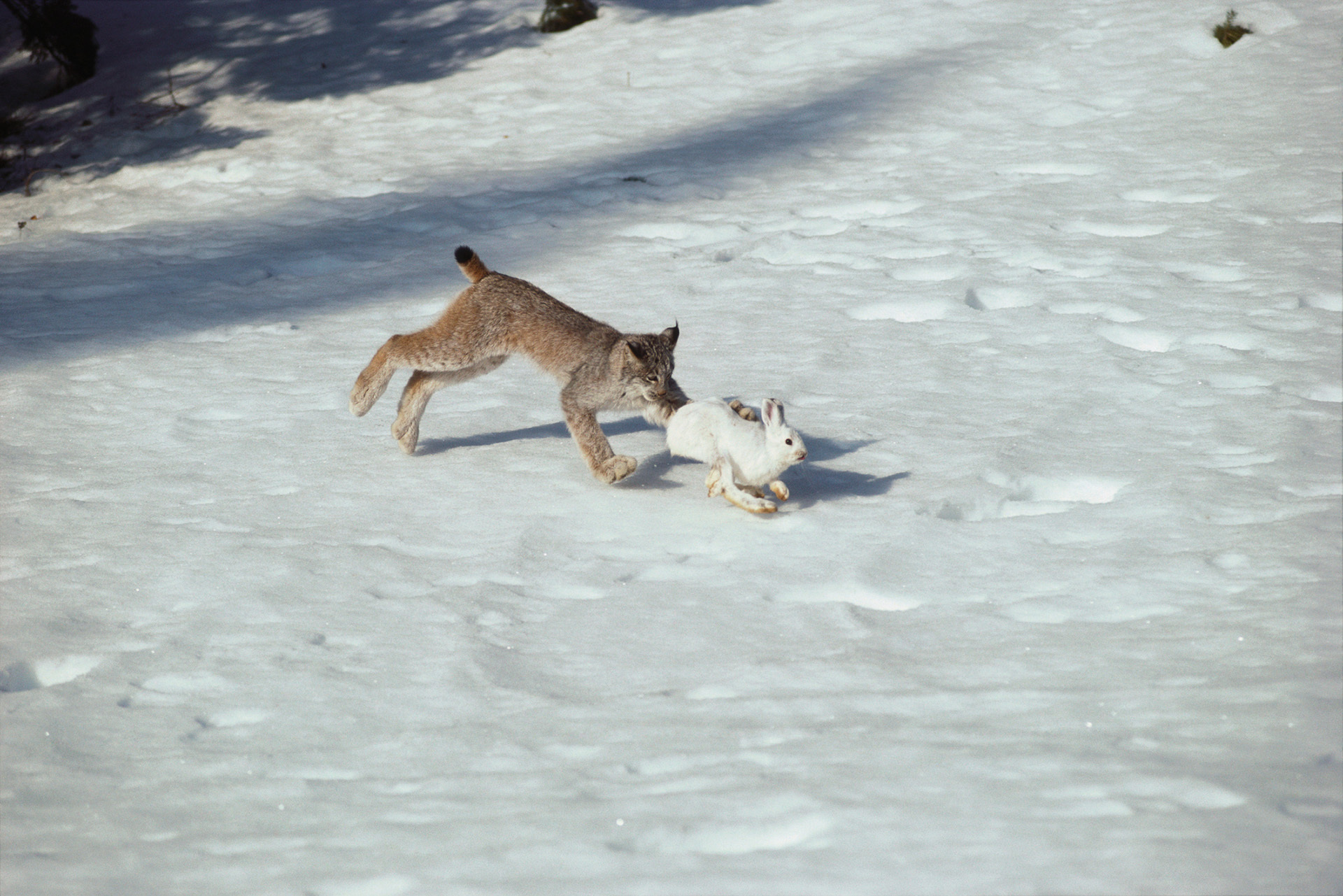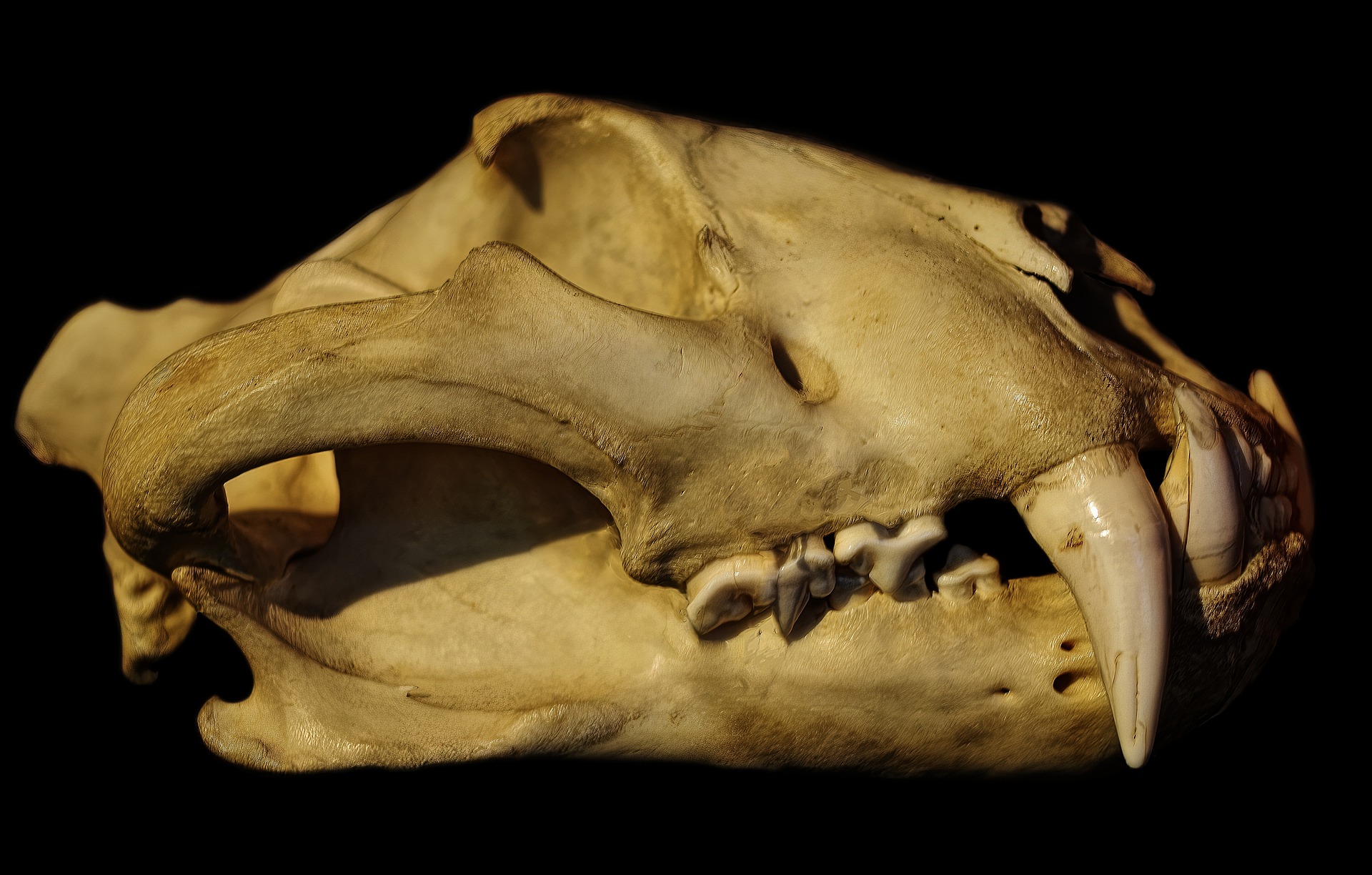Learning objectives
Knowledge
- To recognise that differences in teeth relate to an animal’s diet.
Working scientifically
- To group animals based on their diet.
Success criteria
Knowledge
- I can describe what different types of
This content is for subscribers only. Join for access today.
National curriculum
Science
Animals, including humans
Pupils
This content is for subscribers only. Join for access today.
Cross-curricular links
Geography
Place knowledge
Pupils should
This content is for subscribers only. Join for access today.
Before the lesson
This content is for subscribers only. Join for access today.
Lesson plan
Recap and recall
Before starting this lesson, use the Presentation: Odd one out to help the children recall key learning points from the unit Science, Year 1/2 (A), Living things: Habitats. Ask the pupils to decide which image in each row is the odd one out. Encourage the children to justify their ideas using accurate scientific vocabulary (herbivore,…
This content is for subscribers only. Join for access today.
Extended-mode explainer videos
How to extend your display to view the lesson page and preseantion mode simultaneously. Choose your operating system below to watch the video
If you need further support with extending your display,
please contact [email protected].
Extended-mode explainer video: For Mac
Extended-mode explainer video: For Windows
Adaptive teaching
Pupils needing extra support
Should use the Activity: Diet and food chain results: support version with keywords and additional prompts; should use the Activity: Funny teeth (support) as a writing frame for the Wrapping up activity; could use the Knowledge organiser to refer to the types of teeth during the lesson activities.
Pupils working at greater depth
Should be encouraged to consider what further evidence is needed when considering an animal’s diet; should compare more than one animal with ‘funny teeth’ in the Wrapping up activity and decide which would suffer the most, justifying their ideas with scientific vocabulary; could choose an extension activity relating to teeth or diets from the Resource: Stretch and challenge: Digestion and food.
This content is for subscribers only. Join for access today.
Assessing progress and understanding
Pupils with secure understanding indicated by: naming different teeth and describing what kind
This content is for subscribers only. Join for access today.
Knowledge outcomes
- I can recall that animals have different combinations and sizes of incisors, canines, premolars and molars.
- I can recall that incisors are used for biting or cutting food, canines are used for tearing food and premolars and molars are used for grinding and crushing food.
- I can construct a food chain, starting with a plant and showing feeding relationships with arrows moving up each level.
This content is for subscribers only. Join for access today.
Vocabulary definitions
-
carnivore
A living thing that mostly eats animals.
-
diet
The kinds of foods a living thing eats.
This content is for subscribers only. Join for access today.
In this unit
Assessment - Science Y3/4 (A): Digestion and food
Y3/4 (A): Lesson 1: The human digestive system
Y3/4 (A): Lesson 2: Human teeth
Y3/4 (A): Lesson 3: Investigating dental hygiene
Y3/4 (A): Lesson 4: Teeth of carnivores, herbivores and omnivores
Y3/4 (A): Lesson 5: Producers, predators and prey in food chains
Y3/4 (A): Lesson 6: Poo clues





